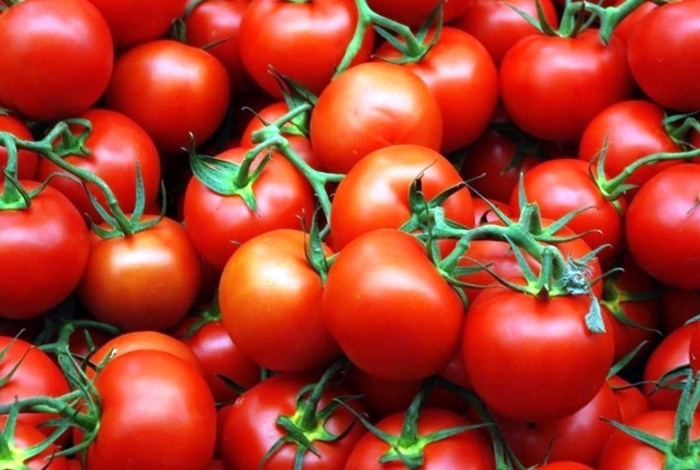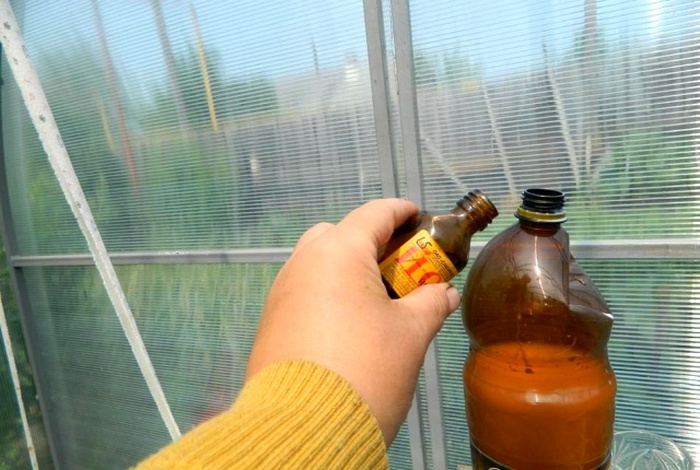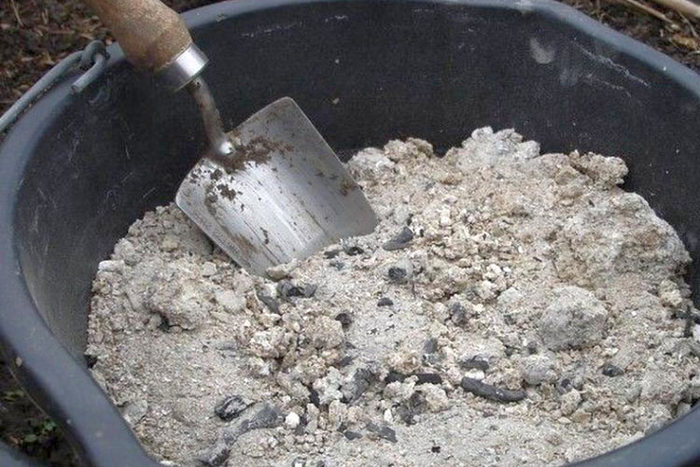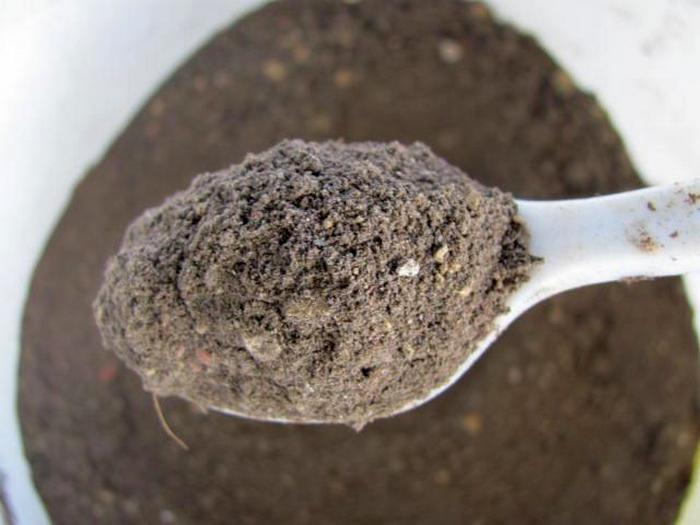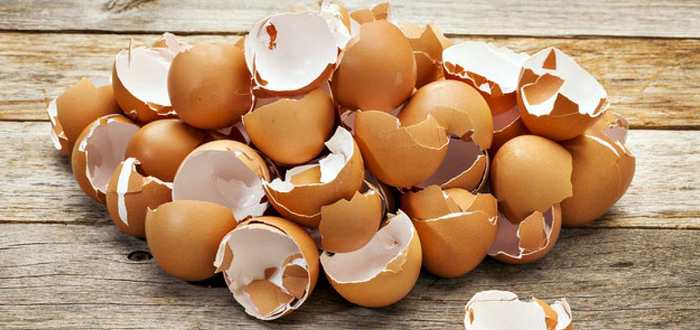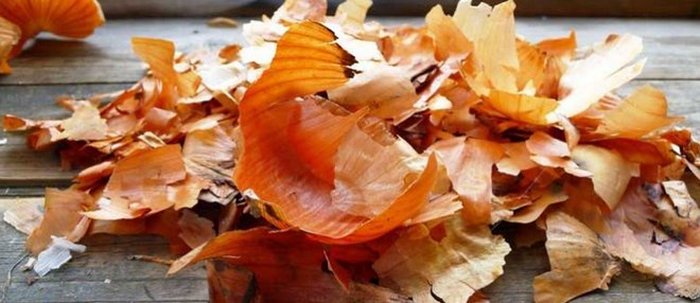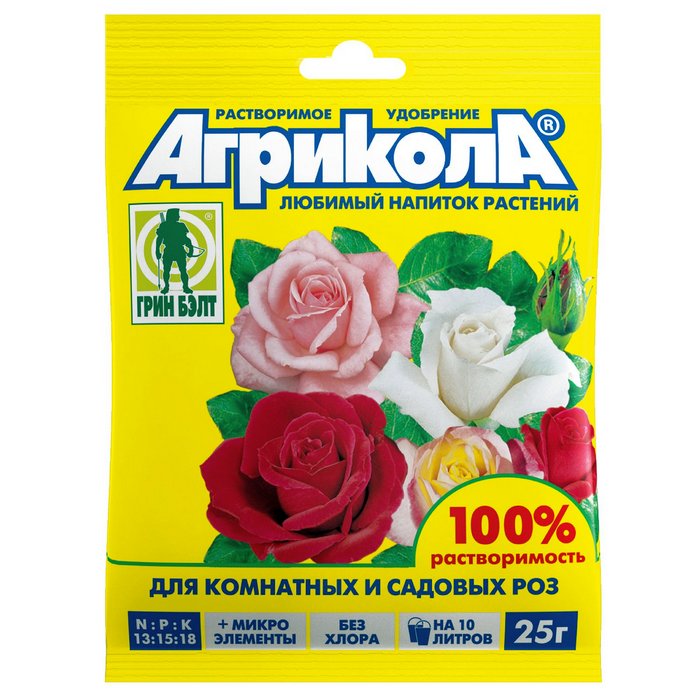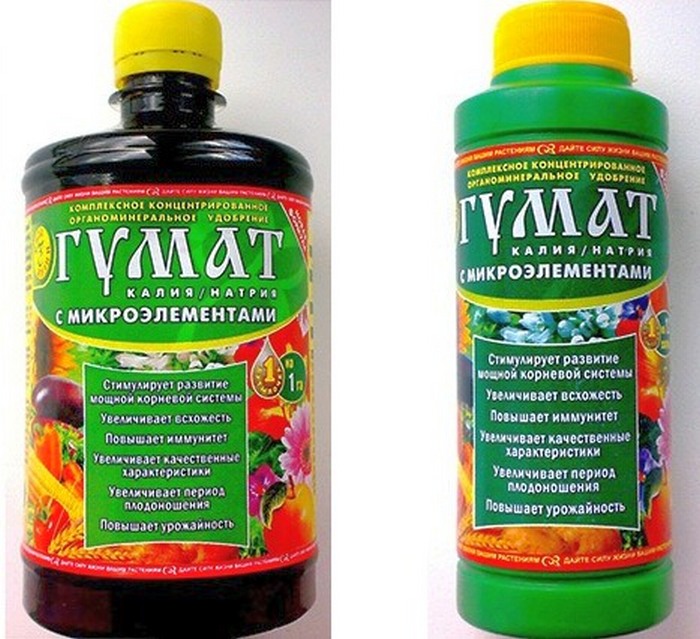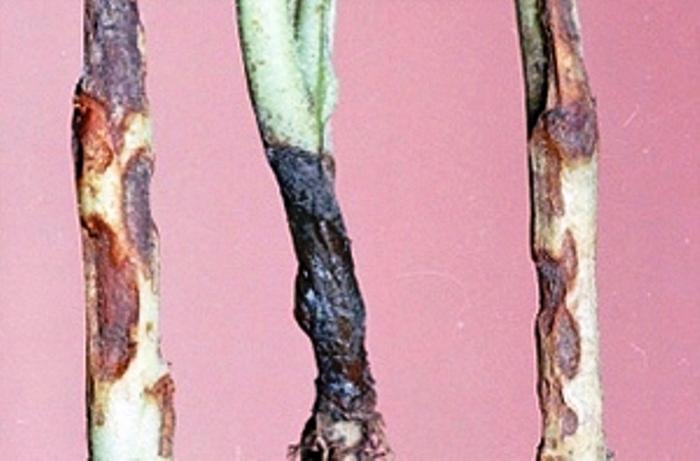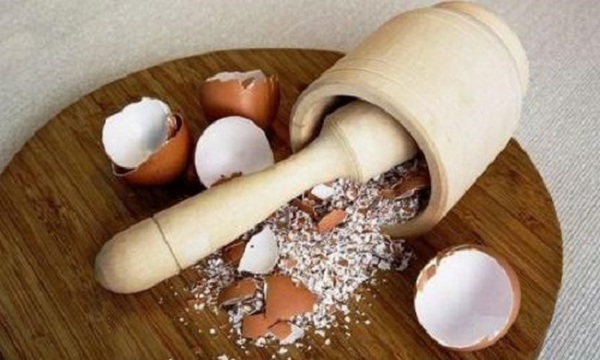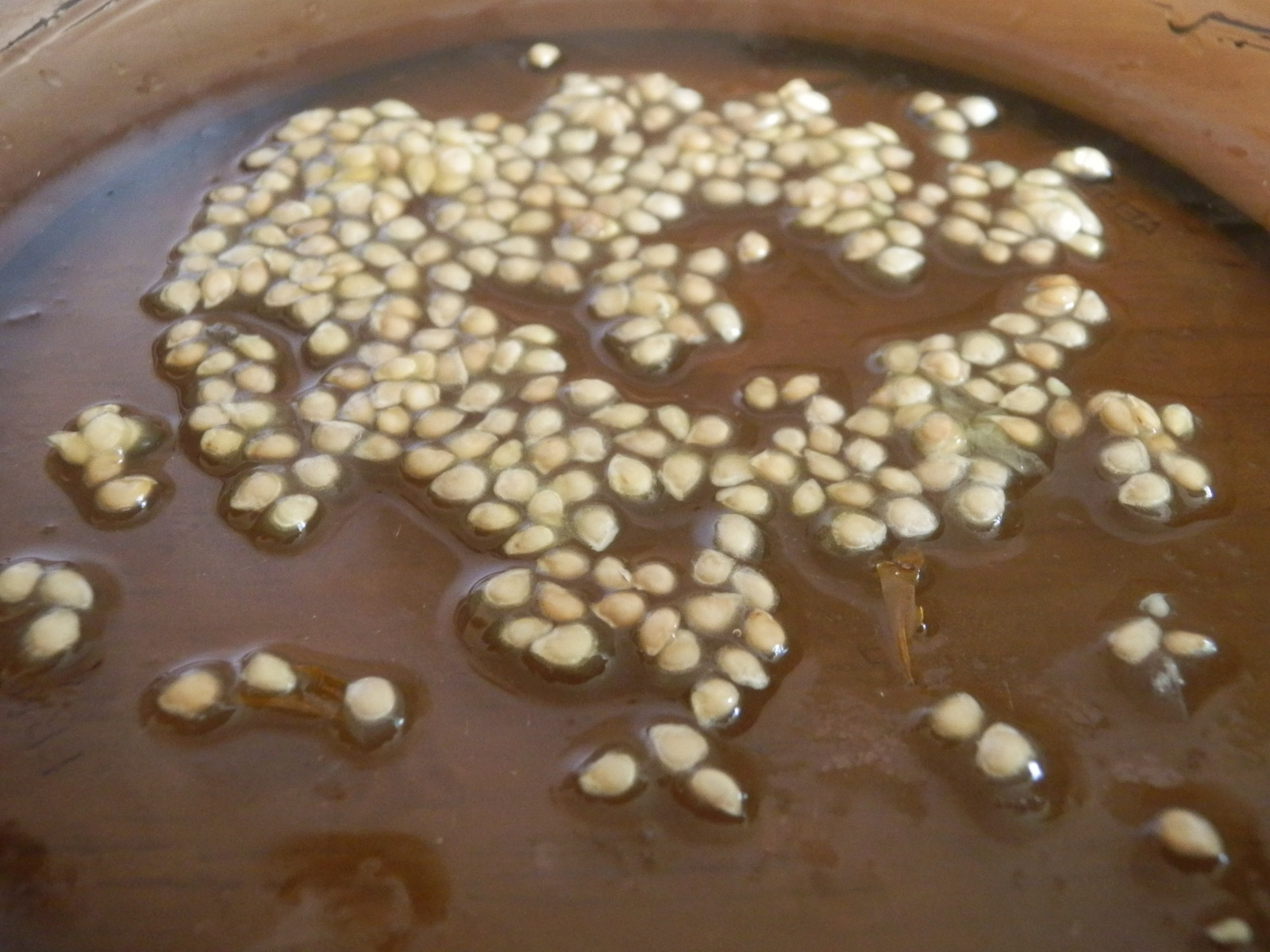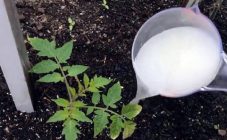Content:
It is impossible to imagine a garden plot without a garden bed or a greenhouse with tomatoes. This crop is very popular both in the southern regions, where it can be grown outdoors, and in regions with a more severe climate, where it is necessary to create certain conditions for the comfortable development of the plant.
Basic information about culture
The tomato is a member of the Solanaceae family, loves well-lit areas and fairly high temperatures - from + 18˚C and above. Even minor frosts can significantly reduce the amount of the crop or even lead to the death of the plant. For tomatoes, lightweight soils are best suited - sandy loam or loamy. According to the rules of crop rotation, the best predecessors for tomatoes are cucumbers, carrots, onions, legumes and cabbage. Preliminary soil preparation begins in the fall. It consists in digging up the soil with the introduction of organic matter (manure, compost, humus). This allows you to replenish strength and nutrient reserves before the new season.
The peculiarities of the climate in almost all regions of Russia do not imply planting tomatoes directly into the ground. In early spring, sowing seeds for seedlings begins at home. When the threat of frost disappears in the region, summer residents begin to plant tomatoes in open or protected ground. Most often, this period occurs at the end of May.
Transplanting a tomato from containers that were located at home to a garden bed is called a pick. After this procedure, the plant experiences severe stress, so it needs to create favorable conditions for successful acclimatization.
Caring for tomato seedlings after picking includes:
- Hardening. This procedure is usually done for several days before the transplant of the seedlings. This is necessary in order to increase the cold resistance of plants;
- Correct watering. Tomatoes are very sensitive to waterlogged and dry soils, so it is very important for summer residents to adjust the frequency and volume of watering;
- Loosening, weeding. Without these basic procedures, it is impossible to achieve active development of the bush. In addition, conditions for the appearance of diseases and pests are created on contaminated soil;
- Fertilizing tomato seedlings after picking is perhaps the most important part of care. Nutrition of seedlings with organic and mineral components allows to achieve active growth of tops and the formation of ovaries, and subsequently a rich harvest.
How to feed tomato seedlings after picking
It is very rare to find fertile soils, which have all the necessary nutrients for the normal development of seedlings. Therefore, the question often arises of how to feed tomato seedlings after a pick. If initially there is no data on the state of the soil, then you can focus on the signals that the tomato itself gives:
- A slowdown in growth indicates a lack of sodium and potassium;
- Yellowing and wilting of foliage is the result of a lack of nitrogen;
- Increased fragility of the stem is a clear sign of a lack of magnesium and calcium;
- Clarification of the tops means there is not enough iron in the soil;
- Darkening of the leaves, the appearance of a purple hue indicate a phosphorus deficiency;
- Very frail leaves that cannot stick to the stem and fall off indicate a lack of nitrogen.
1.5-2 weeks after picking, the first feeding of tomato seedlings is done.The second time the bushes need to be fertilized after another 2-3 weeks. Subsequent feeding is carried out as needed and is optional.
The first time fertilizer is applied after the seedlings have taken root and started growing. During this period, the plant most of all needs nitrogen for the development of the green part. Most often during this period they use:
- Manure diluted with water in a ratio of 1:10, with the addition of 1 tbsp. l. nitrophosphate. 1 bush accounts for 500 ml of the finished solution. This remedy facilitates the adaptation of the tomato and strengthens the immune system;
- Infusion of bird droppings and boiling water in a 2: 1 ratio. The solution should be infused under the lid for two days. Then the concentration is reduced by diluting the infusion with 10 liters of water. A weak solution of poultry manure is a rich source of nitrogen for tomato seedlings;
- Yeast starter culture: 0.1 kg per 10 liters of water with the addition of 3 tbsp. Sahara. Within 3-4 days, fermentation processes occur in the composition. The resulting infusion must be diluted with 5 liters of water. This solution is a powerful growth stimulant for thin sprouts.
Traditional methods
There are several effective folk recipes that have been popular for many years.
Iodine solution
Iodine is an excellent disinfectant against fungus. In addition, it increases plant resistance to diseases and stimulates growth. To prepare the composition, you must dilute 1 drop in 3 liters of water. The prepared solution is used before diving into open ground. Apply the composition through a spray bottle. One treatment is often enough.
Ash
Ash solution is a valuable source of potassium and phosphorus. They are essential for fruit development. Phosphorus also improves the taste of tomatoes. In addition, ash destroys the fungus. To prepare the solution, mix 2 liters of boiling water and 1 tbsp. ash. The solution must be held for 1 day, and then water the plants with it.
Bananas
These fruits are prized for their high potassium content. There are 2 ways to use bananas, summer residents practically determine which of them is preferable:
- Banana powder. The peel must be dried and chopped by hand or in a blender. The resulting powder is poured into the planting hole to plant the seedlings;
- Infusion. For 3 liters of water, take 3 peels and insist for 3 days. After that, the agent is filtered and watered with the bushes.
Shell
The eggshell contains all the necessary minerals, so it can be called a complex fertilizer. The difficulty lies in the fact that the shells need to be collected in large quantities and dried well. Then it is used in 2 types:
- Pour crushed shells into the hole;
- Water the tomatoes with infusion. For 1 liter of boiling water, take 7 shells, then remove the jar in a dark place for a week. The appearance of a characteristic smell will be a signal that the infusion is ready.
Coffee
Before diving the seedlings, the soil composition can be improved with the sleeping thick. It loosens and lightens the soil, improves oxygen access to the roots and saturates with microelements.
Onion husks
For 5 liters of water, you need to take 20 g of husk and insist for 3-5 days. The resulting infusion can be sprayed with tops or watering tomatoes. This remedy protects against infections.
Foliar dressing
Nutrients penetrate into the plant not only through the roots, but also through the ground part of the plant, therefore foliar dressing is also very effective, especially for the prevention of diseases. In addition, Solanaceae actively absorb nutrients through the leaves. The best time to spray is in the morning. There is dew on the leaves, which is a kind of conductor of nutrients. Spraying can fertilize tomatoes with products such as:
- Urea solution;
- Calcium nitrate (you need to use it carefully with strict adherence to dosages, since nitrate is a toxic substance, its excess has a bad effect on human health and soil condition);
- Superphosphate;
- Nettle broth;
Root and foliar dressings are best alternated with each other, so the effect of the procedure will be maximum.
Growth stimulants
At the time of planting, seedlings usually have very thin stems and a weak root system, since the space in the container is severely limited. To speed up the development of plants, the use of stimulants is allowed. They are safe for health and do not harm nature.
Agricola
An environmentally friendly complex fertilizer that increases the yield of tomatoes by a third. Agricola contains phosphorus, potassium, iron and many other important components. This drug blocks the penetration of nitrates into the soil and plant, increases resistance to diseases, improves the taste of fruits. You can take care of tomatoes with this tool throughout the season: from spring to autumn. The drug is presented in liquid form and in granules. The packaging always contains clear instructions for use.
Sodium humate
A product that has both organic and mineral composition. Absolutely harmless drug. It is formed as a result of the life of invertebrates. The composition contains more than 20 amino acids, sodium salts, proteins and carbohydrates. The use of this product increases yields by 20% and reduces the need for additional nitrogen application by half. Sodium humate improves the composition and structure of the soil.
Diseases and pests
Tomatoes are prone to fungal infections, especially late blight. You can save the bushes from death with the help of Fitosporin. They are sprayed with seedlings after a dive, as a result of which a protective film forms on the stems and leaves, through which the spores of the fungus cannot spread. The drug is available in the form of a paste and powder. It must be diluted according to the instructions and the plant must be treated with a spray bottle.
Tomato seedlings often suffer from black leg. The disease affects young shoots in the first weeks of growth, as a result, the seedling cannot develop and dies. The drug Immunocytophyte copes with this disease. Most often, seeds are soaked in this tool before sowing. The processed seed material not only gains immunity from most rot, but also replenishes energy reserves, so the sprouts germinate faster, and in older plants, ovaries form more actively.
The drug Epin has a similar effect, but it is applied through a spray after a dive. The seedling adapts and takes root faster, and also receives protection from infections.
It is always necessary to plant tomatoes from containers on the beds with great care, because the tender sprouts have not yet gained the necessary strength. You can help plants cope with stress and gain strength with timely feeding. Empirically, it is possible to determine preparations and means suitable for specific growing conditions. Using them, you can count on a rich and tasty harvest.
